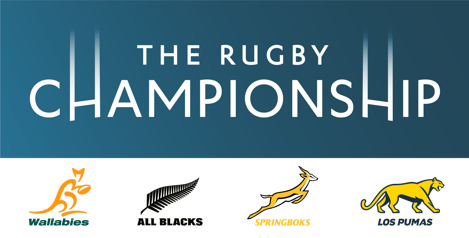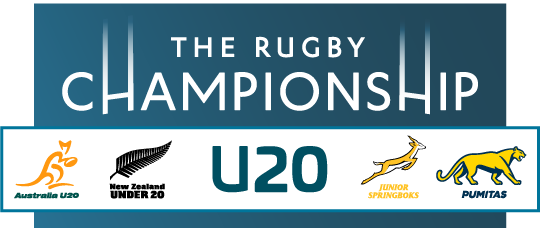The first six weeks of action have seen some excellent results in regard to tracking the performances of SANZAR's Game Measures - where co-operation between referees, coaches, national scrum coaches and players has allowed for considerable improvement in the ‘Big 5’ Game Outcome priorities.
The opening couple of weeks of 2012 Super Rugby did see a little bit of a sounding out period, where referees put into practice over a month of “pre-season training” and ensured that teams and players were familiar with what would be expected throughout the campaign.
SANZAR’s Game Outcome Priorities are:
Tackle: aim - 70% ball available within 3 seconds
Scrum: aim - 70% of scrums completed on the first hit
Ball in Play: aim - 35-40 minutes per game
Offside at Ruck: aim - less than 5 missed per game by referee
Kicks In Play – less than 45 kicks per game
There have been six weeks of competition, and 41 matches played so far, and there has been dramatic improvement in the priorities.
SCRUMS
Scrum first hit engagement is tracking at 60%, still a bit shy of the targeted 70%, but well above 2011 Super Rugby’s average of 45%.
SANZAR Game Manager Lyndon Bray said this was due to coaches taking increased responsibility.
“One of the main drivers has been the work done pre-season with coaches taking specific ownership in thise area,” Bray said.
“There was also a focus on SANZAR working with the respective scrum coaches, where their knowledge has allowed unequalled improvement in this area and clarity of what we are trying to achieve, which has filtered down to the players - hence the high first hit completion.”
Bray also said getting the three triggers right was crucial.
“The most crucial element of the scrum engagement is to get ‘four calls, four actions’ controlled by the referee (Crouch, touch, pause, engage) and not the players,” Bray said.
“The players need to ensure they hit straight and push straight, while ensuring that heads and shoulders are above hips.”
“It is also important to ensure the bind of the two props is correct, primarily getting the tighthead binding away from the elbow of the loosehead prop. The issue of keeping the players higher on the hit helps the binding process.”
These triggers are reviewed weekly by each referee and each team.
TACKLE / TURNOVER AT TACKLE
The aim here is to ensure ball is recycled quickly enough to ensure at least 70% of ball is available within three seconds, and so far the season was tracking at this number, in line with how Super Rugby performed in 2011.
There was also the priority to ensure there was 90% accuracy in defining turnovers at the tackle.
Bray said the most important aspect was to ensure when a player is in a position to contest the ball at the tackle that they were able to contest without the ball carrying team illegally killing the contest.
“The key here is being able to manage the contest at the tackle more efficiently, and here we are looking to ensure that players arriving stay on their feet and maintain bodyweight,” he said.
“If players leave their feet or flop over the ball, when a defender is in a position of strength over the ball carrier, they will be penalised as the focus is to encourage the contest.”
While early in the competition it wasn’t so much the case, as Super Rugby progresses in 2012 we are witnessing more turnovers and genuine competition at the tackle area, something that Bray noted had come down to the players as much as anything else.
“There has been a healthy approach to legitimate competition, and over the weeks there has been better height at the tackle, allowing either clean out or counter rucking.”
“Primarily the balance has been a 2/1 ratio against the defending team – which in turn is promoting attacking play.”
OFFSIDE AT RUCK
The focus here was that no more than five offside at the ruck offences were missed by the referee each game, and so far this season statistics revealed that only three times on average throughout the match was this occurring.
Bray said the coaches and players deserved credit here.
“Before Super Rugby commenced, we identified the practice of back tracking, ensuring that players instinctively moved backwards at the tackle situation.”
“The co-operation between referees and players here enables better control, and with franchises adhering to the off side line during training runs, this has flowed through to game situations and has seen fewer players move up from behind the hind feet.”
“One of the major reasons for this area being better managed by referees, was the improvement in the work done by the ‘team of 3’ (referee and assistant referees working together).”
OTHER KEY AREAS AND NUMBERS
PENALTY COUNT
Penalty count average so far this season: 22 per game
KICKS IN PLAY
Average
2012 to date: 41
2011 Super Rugby: 41
2010 Super Rugby: 42
2009 Super Rugby: 72
BALL IN PLAY
32 minutes (aiming 35-40)
| 2011 and 2012 Comparison | ||||
| All | Average | All | Average | |
| 2011 | per game | 2012 | per game | |
| Tries | 182 | 4.55 | 186 | 4.54 |
| Total sanctions | 945 | 23.63 | 879 | 21.44 |
| Scrum FK | 75 | 1.88 | 37 | 0.9 |
| Scrum PK | 121 | 3.03 | 105 | 2.56 |
| Scrum resets | 105 | 2.63 | 97 | 2.37 |
| T/R PK | 601 | 15.03 | 570 | 13.9 |
| Points scored | 1881 | 47.03 | 2027 | 49.44 |




